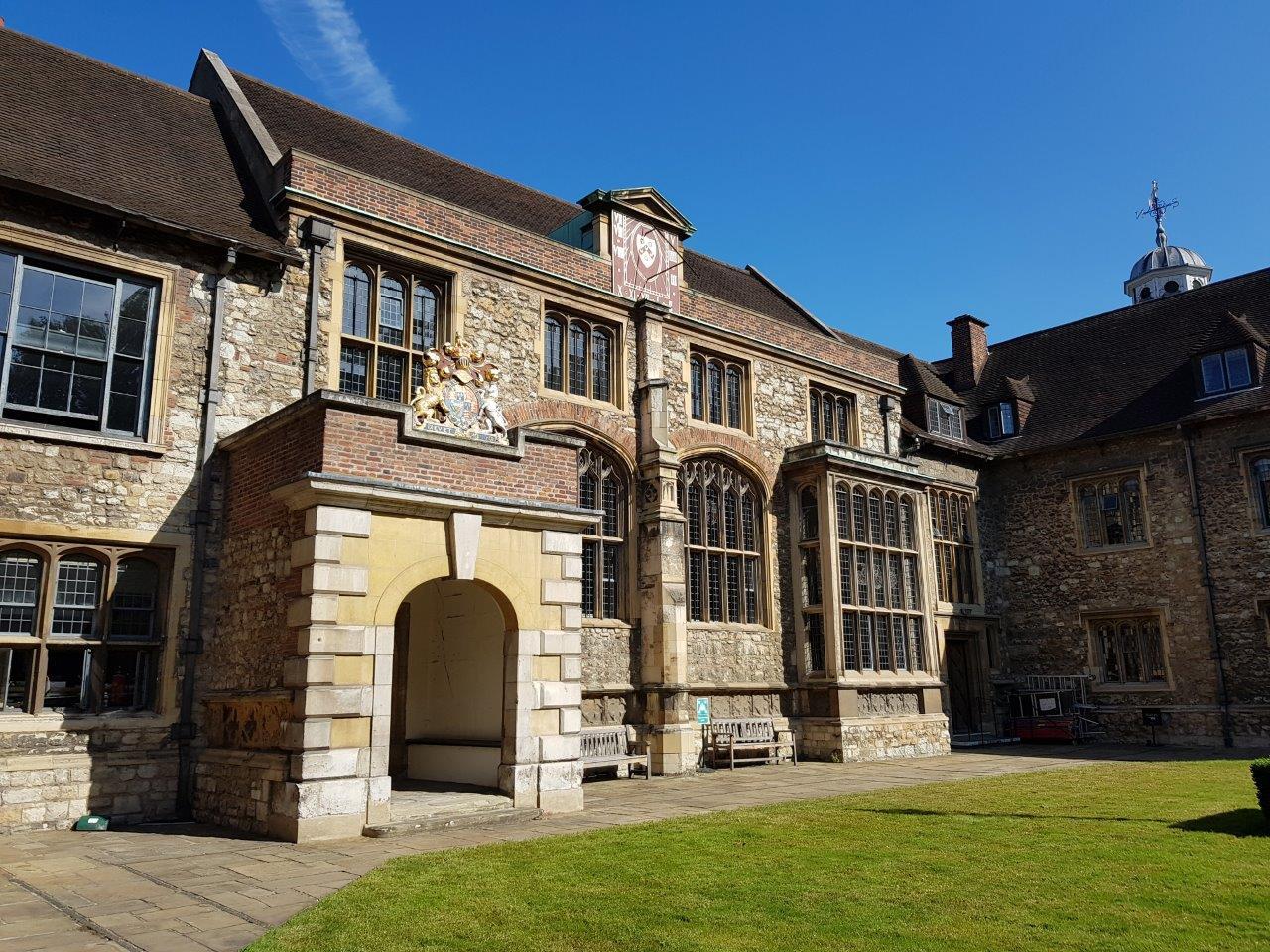Monastery, Tudor mansion, school and almshouse
In the mid fourteenth century, when the Black Death swept through England and Europe, Sir Walter de Mauny, a veteran of Edward III’s French wars, gave land under what is now Charterhouse Square, to be used for mass graves for the victims. A Carthusian monastery was established adjacent to the site in 1371 and by the early Tudor period, the Charterhouse was a flourishing monastic community, attracting lay people, such as Sir Thomas More, who lived here in the 1490s, whilst training in the law at the nearby Inns of Chancery.
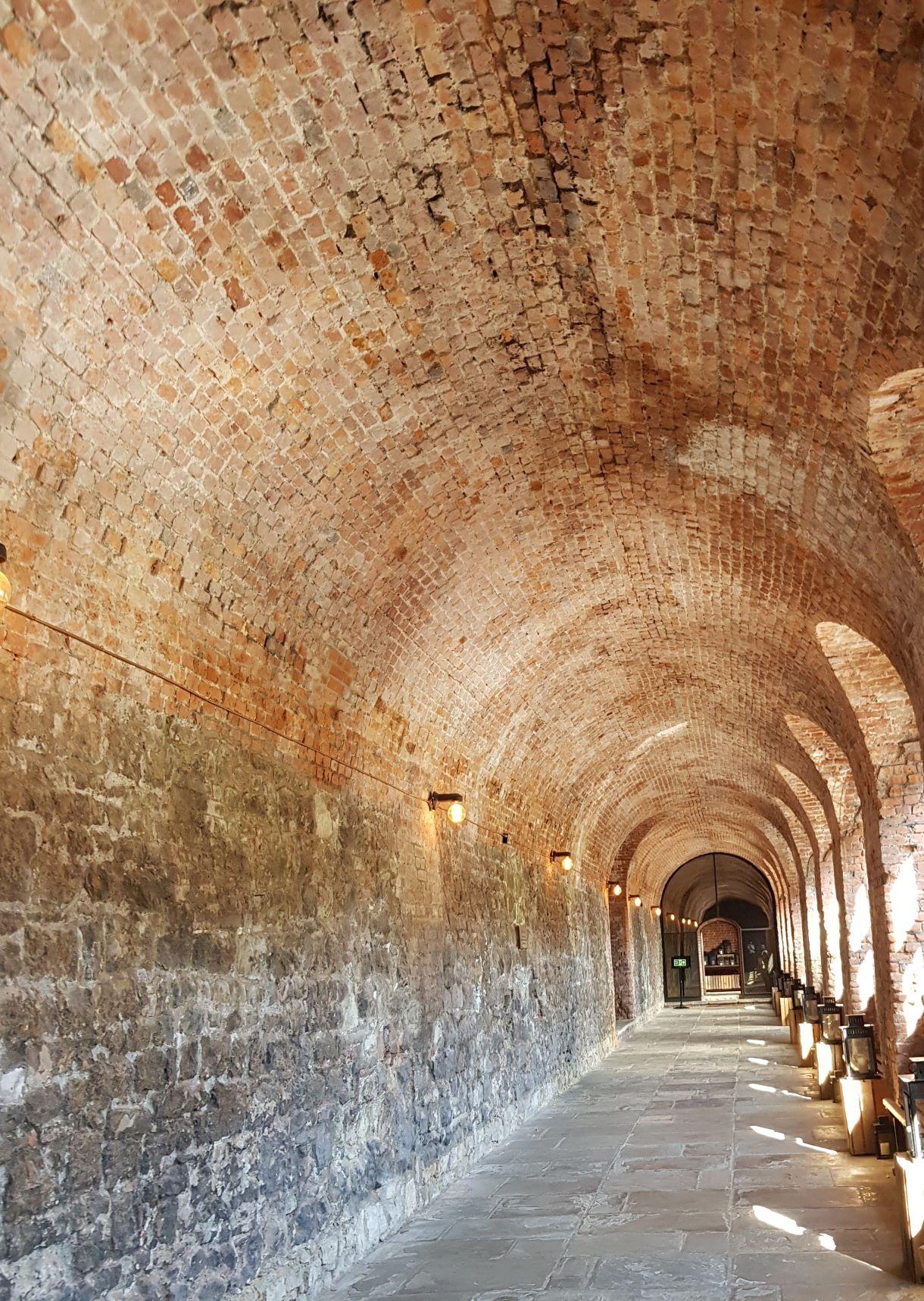
During the Dissolution of the Monasteries, the monks put up a brave, but ultimately futile, resistance to surrendering the Charterhouse to Henry VIII in 1537 and suffered terribly as a result. The Prior, John Houghton, and ten monks became known collectively as the Carthusian Martyrs. Subsequently, the priory was bought by Sir Edward North, who re-modelled it to create a sumptuous private residence, fit for a queen. Elizabeth I was Sir Edward’s guest for five days in November 1558, prior to her first formal entrance into the city of London as queen, holding Privy Council meetings in its Great Chamber. On North’s death, Thomas Howard, 4th Duke of Norfolk, bought the Charterhouse (later named Howard House) and in 1570 was placed under house arrest there on suspicion of plotting to marry Mary, Queen of Scots.
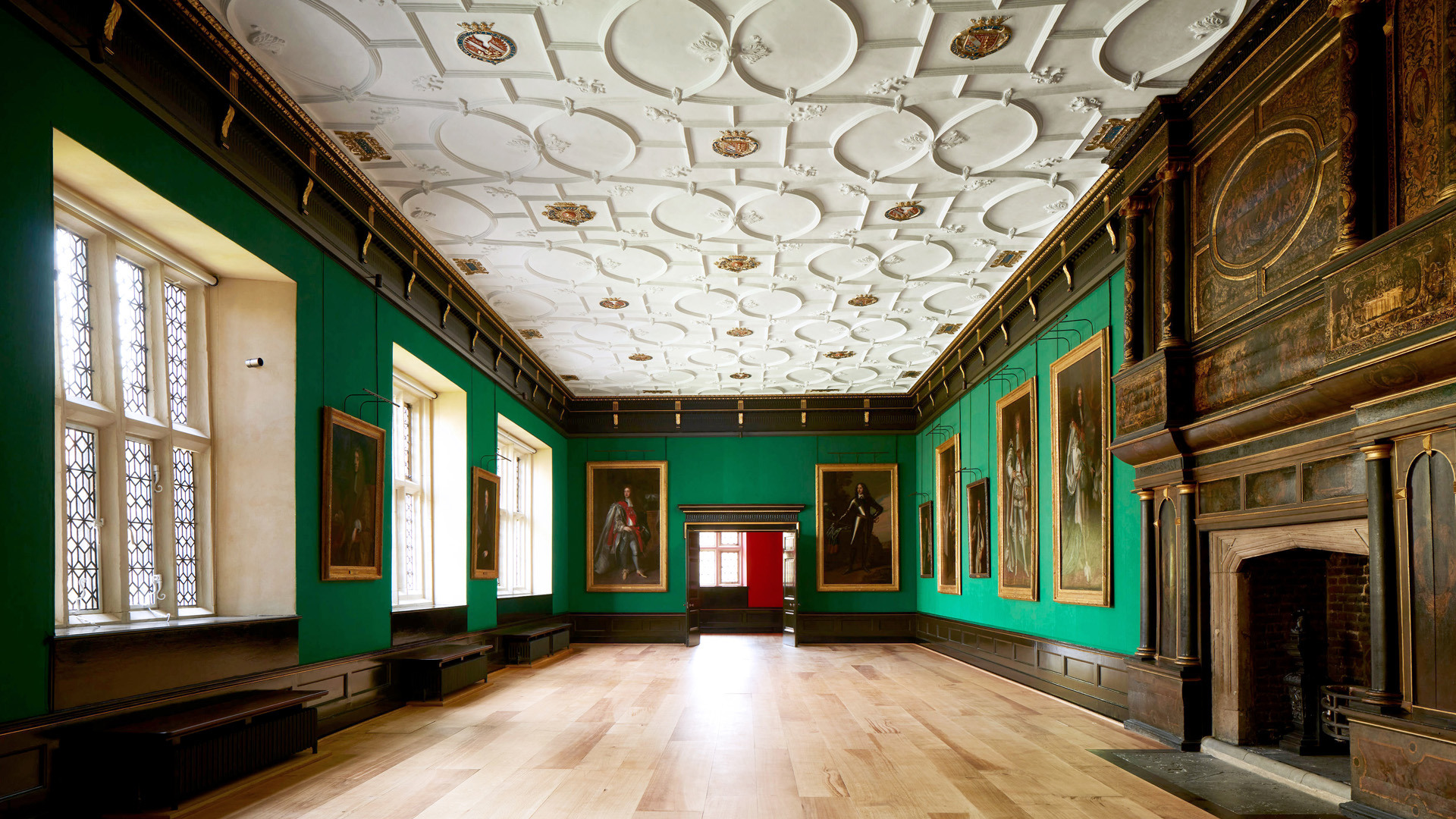
The wealthy Thomas Sutton bought the Charterhouse in 1611, and established Sutton’s Foundation, endowing a hospital on the site, and leaving money in his will to maintain the chapel, hospital (almshouse) and school. Charterhouse School flourished there until the 1872, when it moved out to Godalming in Surrey, where it remains to this day. The Charterhouse has continued to serve as almshouse, providing food and shelter for those of limited means, and today, 40 beneficiaries, called Brothers (until 2018 they were all men), live on-site.
In the Tudor period, its position outside the city walls, with clean air and open spaces in proximity to both the city and the Palace of Whitehall, made Charterhouse Yard, as the Square was then called, a very desirable location for wealthy nobles and courtiers. A number of French and Venetian ambassadors had houses here throughout the sixteenth century, and John Leland, the antiquarian, also lived in Charterhouse Yard for a period. Perhaps the most notable occupant was Katherine Parr, later Henry VIII’s sixth wife, who lived about where No. 10 is today, with her second husband, Baron Latimer.
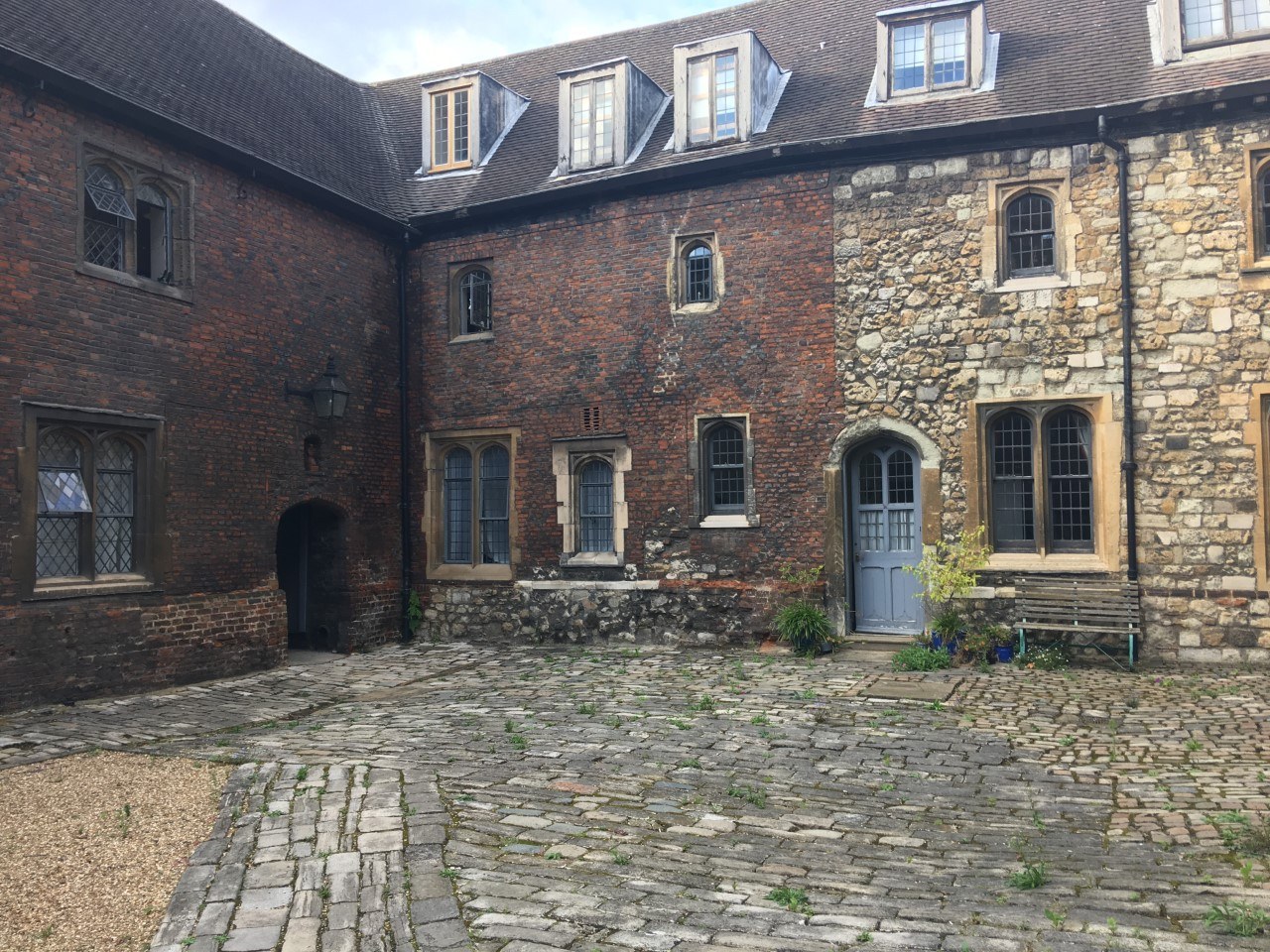
The eclectic mix of medieval, Tudor and Jacobean architecture reflects the Charterhouse’s long history. It suffered considerable bomb damage during the Second World War and has been substantially re-created since. However, the Great Hall and its carved screen, the Norfolk Cloister, the Great Chamber in which Elizabeth I held court, and the Chapel are all survivors from the sixteenth century.
The Charterhouse opened to the public for the first time in over 500 years in 2017. The Museum and Chapel are open to the public; and the Charterhouse can be visited on one of their daily guided tours.
More information on the Charterhouse can be found on their website and in this Tudor Times article.
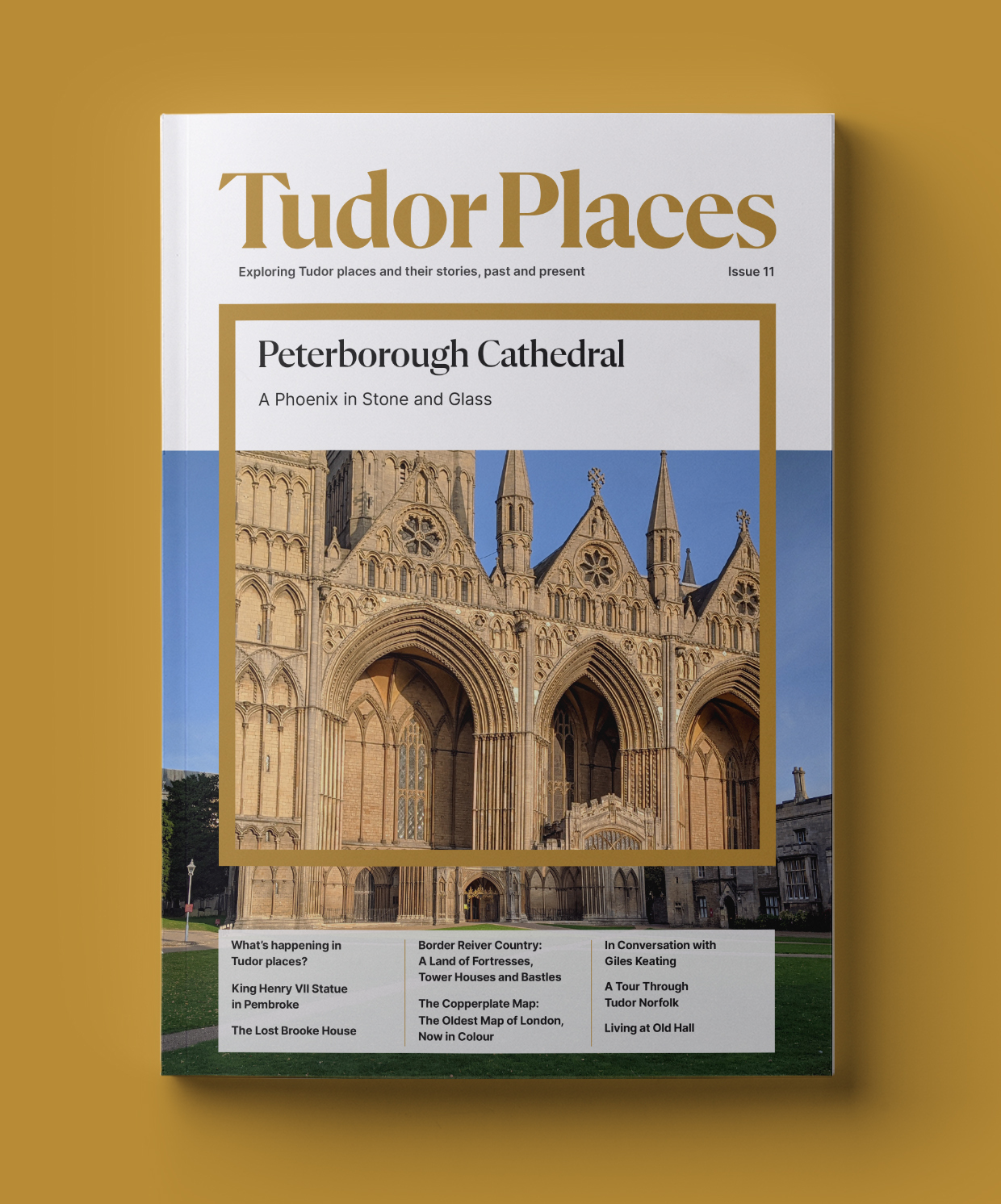
Buy the Latest Issue
Try Issue 11, the latest issue of Tudor Places magazine
Image Credits: Image 2 The Great Chamber - M Clayton

